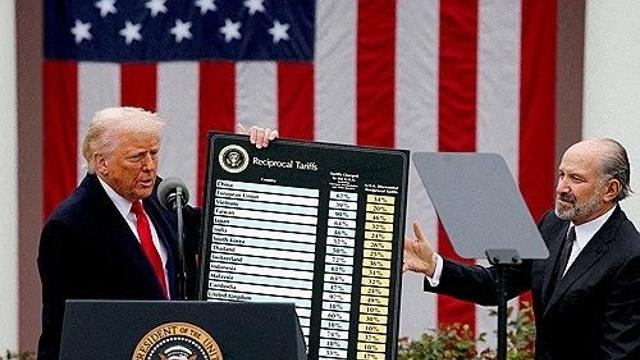As the deadline for critical trade negotiations looms, the Trump administration is embarking on a whirlwind week of high-stakes talks with major trading partners, including the European Union (EU), China, and South Korea. President Donald Trump is determined to conclude negotiations without further extensions, pressuring these nations to agree to terms advantageous to the United States.
The series of meetings kicked off with President Trump’s encounter with European Commission President Ursula von der Leyen in Scotland on July 27th. This meeting aimed to finalize ongoing tariff negotiations, which have seen both parties locked in a heated tug-of-war over specific tariff rates on EU exports such as steel, automobiles, and pharmaceuticals. Reports indicate that discussions are progressing toward a 15% mutual tariff on most EU imports, though details remain contentious. This figure mirrors the agreement reached between the US and Japan earlier this month.
Trump’s initial proposal of a 20% tariff on EU goods was escalated to 30% earlier this month, prompting the EU to prepare retaliatory measures targeting significant US exports, including aircraft, auto parts, and bourbon whiskey.
Next on the agenda, the US will engage in its third round of high-level trade talks with China in Stockholm from July 28th to 29th. Treasury Secretary Scott Besant has hinted at the possibility of extending a mutual reduction of super-high tariffs, initially agreed upon for 90 days and set to expire on August 12th. The agenda also includes the opening of the Chinese market and China’s contentious purchase of oil from sanctioned countries, Iran and Russia.
After a prolonged tariff dispute, the US and China reached a temporary reprieve in May, agreeing to reduce tariffs by 115 percentage points each for 90 days. However, as the expiration date approaches, both nations are under pressure to negotiate a more permanent resolution.
On July 31st, Besant will meet with South Korean Deputy Prime Minister and Minister of Economy and Finance Koo Yun-cheol, with the US Treasury Department in Washington, D.C., being considered as the venue. Secretary of State Marco Rubio and South Korean Foreign Minister Cho Hyun are also slated to hold discussions.
This meeting is critical, occurring just a day before Trump’s August 1st deadline for tariff negotiations. The focus is on whether the US and South Korea can reach a dramatic agreement. The US is reportedly pushing for market access in agriculture, the release of Google’s precision maps, and the easing of non-tariff barriers on automobiles. Meanwhile, South Korea is advocating for reduced tariffs and cooperation in strategic manufacturing sectors such as shipbuilding, semiconductors, and batteries.
Previously, Trump notified South Korea of a 25% mutual tariff rate, prompting South Korea to devise strategic solutions that could captivate Trump’s attention. Japan’s success in securing reduced automobile tariffs through a substantial investment package serves as a potential blueprint for South Korea’s negotiation strategy.
As the clock ticks down, these trade talks could have significant implications for global markets, with the potential to reshape trade relations and economic policies for years to come. The outcome remains uncertain, but all parties are keenly aware of the stakes involved.
